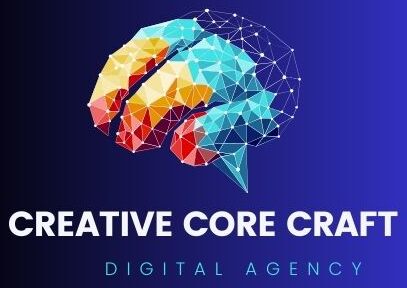Content development and marketing is a strategic approach to creating and distributing valuable, relevant, and consistent content to attract and retain a defined audience, ultimately driving profitable customer action. It encompasses various forms of content, including blog posts, articles, videos, infographics, podcasts, ebooks, social media posts, and more. Here’s how content development and marketing typically work:
- Audience Research and Persona Development: Before creating content, it’s crucial to understand your target audience’s demographics, interests, pain points, and preferences. This involves conducting audience research and creating buyer personas to guide content creation efforts.
- Content Strategy: Developing a comprehensive content strategy that aligns with business goals and addresses the needs of your target audience. This includes defining content objectives, identifying topics and themes, selecting content formats, determining publishing frequency, and establishing key performance indicators (KPIs) to measure success.
- Content Creation: Producing high-quality, engaging, and relevant content that resonates with your audience. Content creation involves researching topics, writing or producing content, sourcing visuals or multimedia elements, and ensuring accuracy and consistency in messaging. Content should be informative, entertaining, or educational, providing value to the audience.
- Content Optimization: Optimizing content for search engines (SEO) and user experience to improve visibility and engagement. This includes incorporating relevant keywords, optimizing meta tags and descriptions, formatting content for readability, and ensuring mobile-friendliness. Additionally, optimizing content for social sharing can help extend its reach.
- Content Distribution: Promoting and distributing content through various channels to reach your target audience. This may include sharing content on your website or blog, social media platforms, email newsletters, industry forums, guest blogging, and content syndication. Tailoring content distribution strategies to each channel and audience segment maximizes reach and engagement.
- Content Promotion: Actively promoting content to increase its visibility and reach. This involves leveraging social media advertising, influencer partnerships, email marketing, paid search advertising, and other promotional tactics to amplify content and attract traffic. Additionally, engaging with online communities and participating in relevant conversations can help increase exposure and drive referral traffic.
- Audience Engagement and Interaction: Encouraging audience engagement and interaction with your content through likes, shares, comments, and discussions. Responding to comments, addressing questions, and fostering conversations around your content helps build relationships, establish authority, and cultivate a loyal audience.
- Performance Monitoring and Optimization: Continuously monitoring content performance using analytics tools to track key metrics such as traffic, engagement, conversions, and ROI. Analyzing data allows you to identify top-performing content, understand audience behavior, and optimize content strategy and distribution tactics for better results over time.
By following these steps and continuously refining your approach based on data and insights, content development and marketing can help you build brand awareness, drive website traffic, generate leads, and ultimately convert prospects into customers.
